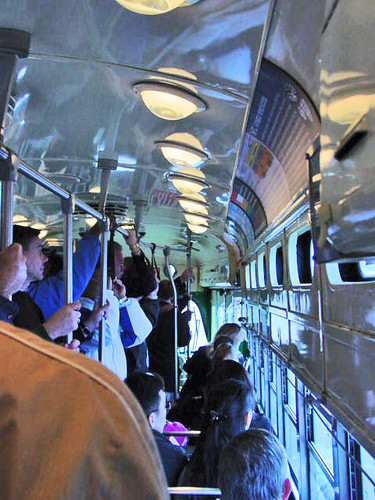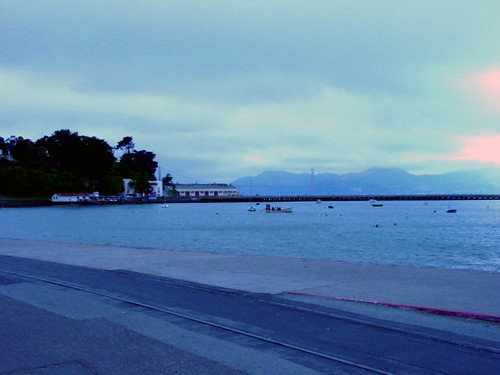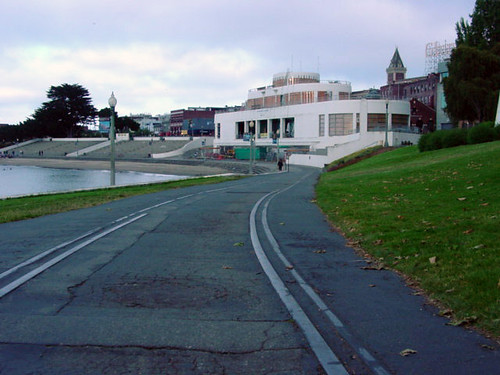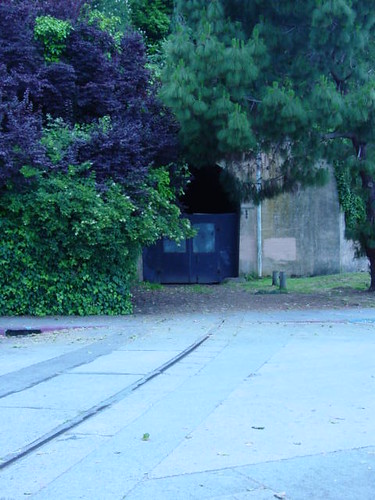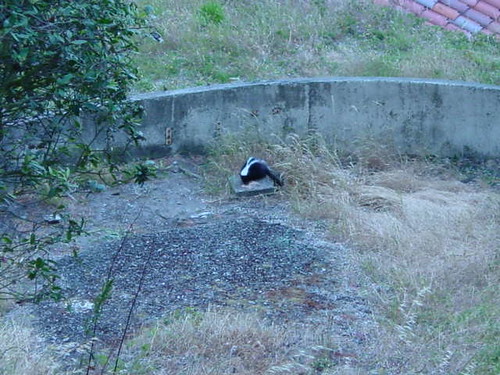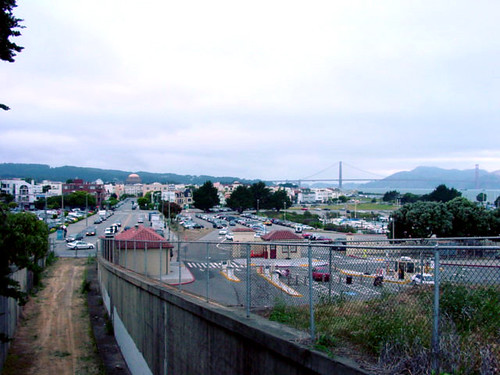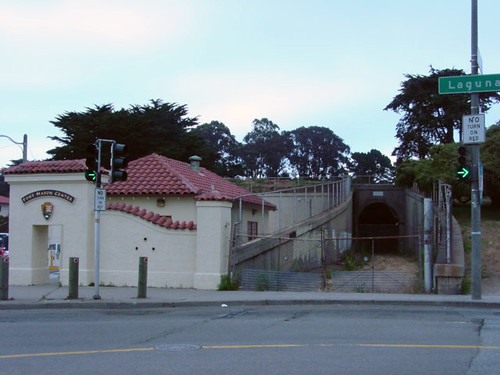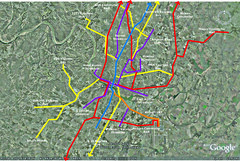I went to a discussion today about BRT at Oakland City Hall where the former Mayor of Bogota Columbia spoke about his city and what they have done to promote living. He was a wonderful speaker and made a lot of great points about how a street should be safe for children and also how bike lanes should be a place where 8 year olds can ride and not have fears of getting hit by a car. I tend to agree that a white stripe in a road does not denote a bike lane. He didn't talk much about Bogota's famed
Transmilenio BRT system and really I'm glad he didn't. BRT is still a bus and Columbia is a completely different country than the United States. I don't think we should be wasting money on a system where we underestimate the costs (replacing buses and pavement more often than projected etc) versus a tried and true system of getting people out of their cars with rail. In an
earlier post i noted that the
However I was shocked by the blatant misrepresentations by AC Transit. In a slide show before the event they showed technology costs for Subways, Light Rail and BRT. Not surprisingly LRT was overestimated by a factor of two while BRT was underestimated by a factor of 3. I personally have never heard of a surface LRT system anywhere near the claimed $100 million. In fact, the most recent systems in Minneapolis and Los Angeles were around $60 million but only because of tunneling and viaduct construction. The most recently completed line, Denver's T-Rex was only $37 million a mile. As for BRT, it is completely underestimated. $10 million per mile is what they said but in Los Angeles it was completed for $22 million before extensive repaving because of damage from the buses and I'm not even sure if the right of way acquisition for the line was added into the costs since it was done with the pretense of light rail service eventually. Hartford's busway project is projected to cost $45 million per mile.
So I thought I might make a list of the things that BRT proponents don't tell you about that became apparent when listening to them speak:
1. They claim that its as good as a train but this is only if you add on all of the elements that come with light rail including level boarding, nextbus technology, their own right of ways, external fare recovery systems and signal pre-emption, you might as well build the system everyone wants anyway, not the one they are compromising on because such and such transit agency can't figure out how to make money off of capital investments. I feel no sorrow for agencies that don't get value capture.
2. With light rail projects, the whole street is generally reconstructed making pedestrian space more valuable with new sidewalks and amenities. BRT doesn't do this. In the renderings shown they do but when the project is completed do they do as promised. No. For example on San Pablo it's the same old bus with a red stripe on it. They did nothing to the ped space, didn't mess with the street and yet they still call it Rapid Bus. Clever marketing is bus repackaged transit.
3. They don't tell you that rail infrastructure lasts for over 50 years, perhaps more. Buses last 12 years if that but they don't add in the costs of buying new ones over and over while rail cars are used continuously. They don't tell you that buses are heavier than big rigs sometimes and crush the pavement even worse yet don't include that in costs. Taxpayers have to pay for that but it's a hidden tax that doesn't get reported.
4. They don't tell you that the bus ride is going to be the same jolting start stop bouncing even on the smoothest of roads. The guy reading the paper on the bus won't be able to because of the motion sickness. Anyone who's been on a bus, especially AC Transit 51, knows that you can't keep standing even if you're able bodied. It takes a two hand grip to stay vertical.
5. They also don't tell you that they expect gas prices to remain the same or come up with some whiz bang technology that is going to magically lower gas and diesel prices. I don't care how magically low the sulfer particulate escapage is on the bus, it's still emitting on the street where people are walking, and the internal combustion engine is still slower and less effective than an electric motor. This talk of hybrid's and fuel cells is a joke. Hydrogen of course is only as clean as the energy that is used to create the Hydrogen because it doesn't just grow on trees. Hybrid's are just fuel generators that feel electric engines. However electric overhead wires can be fueled by any number of alternative energy sources. Muni gets 30% of its power from alternative energy making it cleaner than most.
Calgary uses 100% wind energy to fuel their light rail. I would be remiss to mention that most LRT lines are fueled by coal power plants but that fact that they can be converted in short order and don't give off local particulates which studies along freeways have shown affect kids the most is most appealing compared to a bus.
6. The people who advocate for BRT are people that generally don't ride the bus. In fact if you ask anyone whether they want to ride a bus or a train guess what the answer would be. Never mind that full BRT costs the same as LRT done right but at times when its more expensive people have been
choosing Light Rail. More often than not they are anti transit like RandalL O'Toole or Wendell Cox. Government in bathtub drowning is their goal. But they like rules and regs that benefit them, just not you. The auto lobby in DC loves BRT, they can probably see it as another 20 years of profits and sprawl until people wake up. I get why the Mayor's of Bogota and Curitiba did it and I applaud them because they changed their cities in amazing ways. But why is it that the only thing we learn from them is about a cheap bus?
7. Light Rail operating costs per passenger mile are much less on light rail than on bus. Explained
here, enough said.
8. BRT on freeways is just going to allow the cars in at some point. Creating a rail network says no cars ever in this space. In fact, the Harbor Freeway busway was supposed to be bus only, guess what? Now it's an HOV lane.
9. BRT advocates would have you think that low floor = accessible. On the contrary, buses do not pull up flush to the platform like rail does. Try as they might, it doesn't work out they way they promise and it
wreaks havoc on accessibility.
10. I will continue this list at some point because i haven't really made half the points i'd like to but the bottom line is this. BRT is just bus repackaged transit pushed by folks that don't really like transit to begin with. They want it to stay for the poor so why not give the poor a third world system. Well we need to step up and invest like
China, Japan, and Europe.

